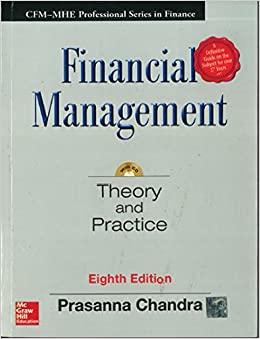
2. Suppose that instead of just a stock and a bond, the underlying securities include a bond and two stocks. Let Bn,Sn(1),Sn(2), denote the prices at time n of the bond, the first stock, and the second stock, respectively. Also assume that for i=1,2 over one unit of time, stock i increases by a factor of 1+ui or decreases by a factor of 1+di. As usual, assume that the bond increases by a factor of 1+r over one time unit. (a) Instead of a binomial tree, what kind of a tree should you use to represent this situation? Explain your answer. (b) With these underlying securities, show that we do not have a complete market. (c) Consider a derivative security which pays a if both stocks rise, and nothing otherwise. If this derivative is included in the set of underlying securities, show that we have a complete market. (d) With this additional security, show that there is a unique set of risk-neutral probabilities. Write down the equations for this set of probabilities. (You don't have to solve them). (e) Writing p1,p2, for the risk-neutral probabilities, give a formula for the price of a derivative which pays b if stock 1 rises and stock 2 goes down, and pays nothing otherwise. Be sure to identify which events correspond to which probabilities. 2. Suppose that instead of just a stock and a bond, the underlying securities include a bond and two stocks. Let Bn,Sn(1),Sn(2), denote the prices at time n of the bond, the first stock, and the second stock, respectively. Also assume that for i=1,2 over one unit of time, stock i increases by a factor of 1+ui or decreases by a factor of 1+di. As usual, assume that the bond increases by a factor of 1+r over one time unit. (a) Instead of a binomial tree, what kind of a tree should you use to represent this situation? Explain your answer. (b) With these underlying securities, show that we do not have a complete market. (c) Consider a derivative security which pays a if both stocks rise, and nothing otherwise. If this derivative is included in the set of underlying securities, show that we have a complete market. (d) With this additional security, show that there is a unique set of risk-neutral probabilities. Write down the equations for this set of probabilities. (You don't have to solve them). (e) Writing p1,p2, for the risk-neutral probabilities, give a formula for the price of a derivative which pays b if stock 1 rises and stock 2 goes down, and pays nothing otherwise. Be sure to identify which events correspond to which probabilities







